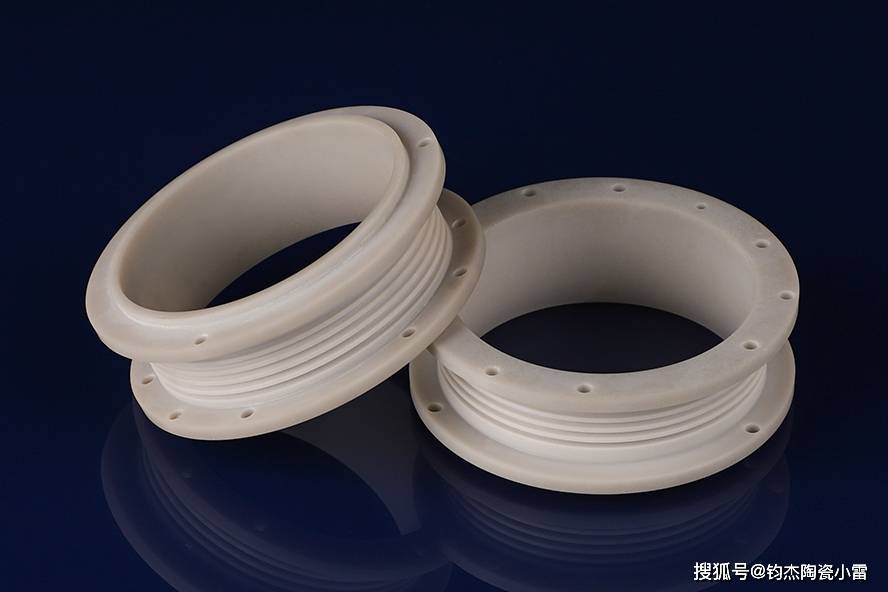How to reduce the difficulty of processing aluminum nitride ceramics?
The high hardness (Vickers hardness 1200-1500 HV) of aluminum nitride ceramics has a significant impact on processing difficulty, which is closely related to its covalent crystal structure and directly reflected in processing efficiency, precision control, and cost.
High hardness increases the cutting resistance of materials, and ordinary cutting tools (such as high-speed steel and hard alloys) will wear out quickly during processing, even resulting in chipping. In actual production, superhard tools such as diamond grinding wheels or cubic boron nitride (CBN) cutting tools are required, and the cost of cutting tools alone is 3-5 times higher than that of processing ordinary ceramics. For example, when grinding a 300mm diameter aluminum nitride ceramic substrate, even if a diamond grinding wheel is used, the feed rate needs to be controlled within 5mm/min, which is half of the processing efficiency of alumina ceramics.

The brittleness caused by hardness exacerbates the difficulty of precision control. When processing complex structures such as micropores and grooves, materials are prone to microcracks or edge fractures due to local stress concentration. Taking 0.3mm diameter micro hole machining as an example, if laser drilling is used, the power fluctuation should be controlled within ± 5%, otherwise the hole wall is prone to serrated defects; The scrap rate of mechanical drilling is as high as 15% -20%, far higher than the 1% -2% of metal materials.

In addition, high hardness makes it more difficult to achieve surface smoothness standards. The 20nm roughness required for semiconductor equipment needs to be achieved through multiple processes of "rough grinding fine grinding chemical mechanical polishing", with strict control of pressure (usually<5N) and speed (300-500r/min) at each step. The processing cycle is more than 10 times that of ordinary metal components.
However, technologies such as reducing machining allowance and optimizing tool paths through near net forming can partially alleviate this impact, but high hardness remains the core factor limiting the processing efficiency of aluminum nitride ceramics.
